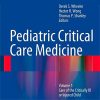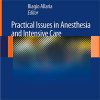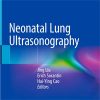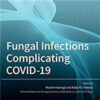Early Tracheostomy in Ventilated COVID-19 Patients Reduces VAP Incidence
nature.comTracheostomy can reduce mechanical ventilation (MV) duration, ICU and hospital length of stay (LOS), and ventilator-associated pneumonia (VAP) risk in critically ill patients. The timing of tracheostomy in COVID-19 patients has been studied, but its impact on VAP incidence has rarely been analyzed.
This study investigated tracheostomy timing’s impact on VAP incidence, ventilation time, ICU and hospital LOS, and mortality in critically ill COVID-19 patients. It was conducted at the University Hospital in Wroclaw, Poland, from October 1, 2020, to June 30, 2021. Of 60 tracheostomized patients, 21 (35%) developed VAP.
Early tracheostomy (≤ 13 days) resulted in 8/42 (19%) VAP cases, while late tracheostomy (> 13 days) had 13/18 (72%) VAP cases, showing a significantly lower VAP risk in the early group (p < 0.05). VAP incidence rates were 7.9 and 22.8 per 1000 patient-days for early and late groups, respectively. Early tracheostomy patients had shorter median MV duration (18 vs. 33 days, p < 0.05), ICU LOS (20 vs. 31 days, p < 0.05) and hospital LOS (25 vs. 47 days, p < 0.05). Early tracheostomy in critically ill COVID-19 patients significantly reduced VAP risk, MV duration, ICU, and hospital LOS.

















